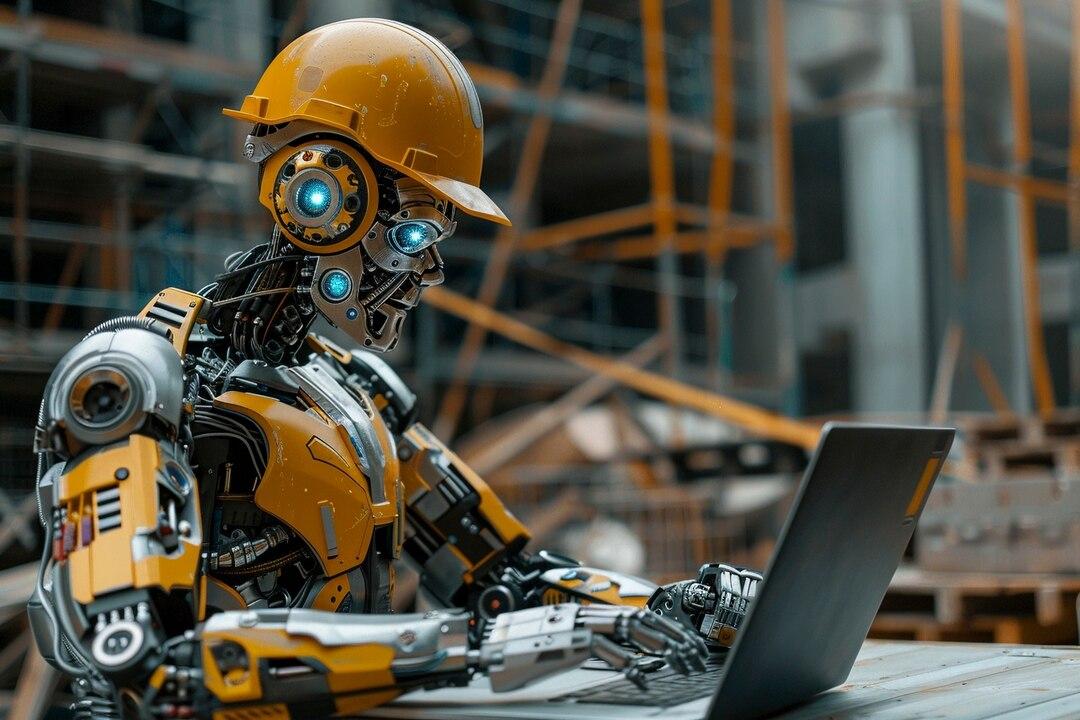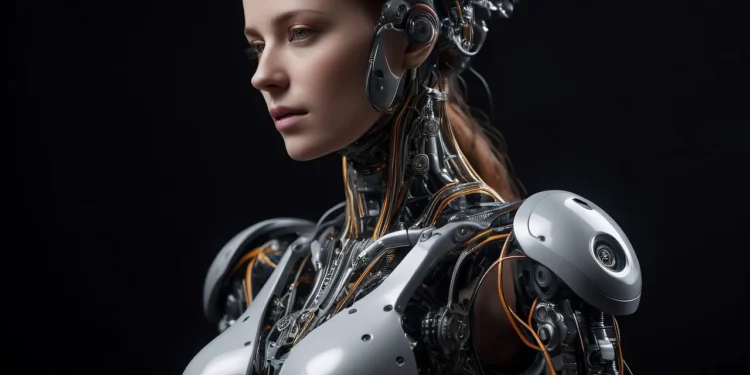The manufacturing industry has always been a cornerstone of global economic development, driving innovation, employment, and productivity. Over the past few decades, robotics and automation have increasingly become integral to this sector, changing the way products are designed, assembled, and delivered.
By improving efficiency, reducing errors, and cutting costs, these technologies are not only transforming manufacturing processes but also reshaping industries and workforces worldwide.
The Rise of Robotics and Automation in Manufacturing
Historically, manufacturing has relied on manual labor for many tasks, from assembly to quality control. However, with the advent of robotics and automation, this paradigm has shifted drastically. Robotics has evolved from simple, repetitive task machines into sophisticated systems capable of performing intricate operations with precision.
Automation in manufacturing refers to the use of control systems, such as computers or robots, to handle different processes and machinery in factories with minimal or no human intervention. Robotics is a key part of this, involving machines that can perform a range of tasks autonomously or semi-autonomously.
In recent years, the integration of robotics has seen unprecedented growth due to technological advancements like artificial intelligence (AI), machine learning, sensors, and the Internet of Things (IoT). These advancements have enabled robots to perform more complex tasks, improving flexibility, adaptability, and overall productivity in manufacturing.

Key Ways Robotics and Automation Are Transforming Manufacturing
1.Increased Productivity and Efficiency
One of the most significant impacts of robotics and automation is the dramatic increase in productivity. Robots can work continuously without the need for breaks, sleep, or downtime, unlike human workers. This constant operation allows for faster production cycles and can significantly boost output, particularly in high-volume manufacturing environments.
For instance, in the automotive industry, robots are widely used in assembly lines to perform tasks like welding, painting, and part assembly. These robots can perform these tasks at high speed and with incredible precision, far surpassing the capabilities of human workers.
2.Improved Quality and Precision
Automation systems equipped with robotics reduce the likelihood of human error, which can lead to defective products. Robots programmed for specific tasks perform with extreme precision, resulting in consistent product quality. This level of accuracy is especially important in industries where exact specifications are critical, such as in aerospace, electronics, and medical device manufacturing.
For example, robots used in electronics manufacturing can handle delicate and tiny components with a level of precision that would be difficult or impossible for a human worker to achieve.
3.Cost Reduction
While the initial investment in robotics and automation technology can be substantial, the long-term savings are significant. Reduced labor costs, lower error rates, and minimized material waste all contribute to a reduction in overall operational costs. In addition, robots can take over dangerous or highly repetitive tasks, reducing the risks of injury and associated healthcare costs.
Moreover, robots can operate in environments that are not suitable for humans, such as extreme temperatures, toxic atmospheres, or in environments requiring sterilization (e.g., pharmaceutical manufacturing), further lowering the cost of maintaining safe working conditions.
4.Enhanced Flexibility and Adaptability
With advancements in AI and machine learning, robots are becoming more flexible and adaptable. They can be reprogrammed or reconfigured to handle a variety of tasks and respond to changing production demands. This makes them ideal for industries that require custom or small-batch production, where flexibility is crucial.
Collaborative robots, or “cobots,” are a prime example of this adaptability. Cobots are designed to work alongside human workers, enhancing their capabilities. These robots can easily be reprogrammed to assist in different tasks, making them highly versatile in dynamic manufacturing environments.
5.Data-Driven Decision Making
Automation systems equipped with IoT sensors and AI technology allow manufacturers to collect vast amounts of data in real-time from production lines.
This data can be analyzed to optimize processes, predict maintenance needs, and ensure product quality. Predictive maintenance, in particular, is a key benefit of data-driven manufacturing, as it can reduce equipment downtime and prolong the lifespan of machinery.
By using AI algorithms, manufacturers can identify trends and inefficiencies, allowing for continual process improvements. Data analytics also facilitates better inventory management, helping manufacturers reduce waste and maintain lean operations.
6.Supply Chain Optimization
Automation and robotics are also having a profound impact on supply chains. Automated systems can streamline inventory management, packaging, and shipping, reducing lead times and improving overall supply chain efficiency. Robotics is used in warehouses and distribution centers for picking, packing, and sorting products, further accelerating the speed at which goods can be delivered to customers.
For instance, Amazon’s use of automated robots in their fulfillment centers has significantly enhanced the company’s ability to process orders quickly and accurately, optimizing both the production and delivery phases of the supply chain.
Challenges and Considerations
Despite the many advantages of robotics and automation in manufacturing, there are challenges and considerations that manufacturers need to address:
1. Job Displacement and Workforce Reskilling
One of the most prominent concerns is the potential displacement of workers due to automation. As robots take over repetitive and manual tasks, the demand for certain types of labor decreases. However, this shift also creates new opportunities for workers to be reskilled and trained in areas such as robotics maintenance, programming, and data analytics.
Workforce reskilling initiatives are essential to ensure that workers are not left behind in this technological revolution. Governments, industries, and educational institutions need to collaborate on training programs that equip workers with the skills needed for the future of manufacturing.
2.Initial Costs and ROI
The cost of implementing robotics and automation technology can be a significant barrier for small and medium-sized enterprises (SMEs). While the long-term benefits in terms of productivity and cost savings are evident, the initial capital expenditure can be prohibitive. To address this, many companies are looking into leasing or subscription models for automation equipment, reducing upfront costs and making automation more accessible.
3.Cybersecurity Risks
With increased connectivity and the use of IoT devices, cybersecurity has become a critical concern in automated manufacturing environments. Automated systems and robots are vulnerable to cyberattacks, which can disrupt production lines and compromise sensitive data. Manufacturers must invest in robust cybersecurity measures to protect their systems from potential threats.
4. Maintenance and Downtime
Although automation reduces human errors, robots and automated systems require regular maintenance to function optimally. Downtime due to system failures or maintenance can still impact productivity. Manufacturers need to adopt predictive maintenance strategies to minimize downtime and ensure continuous operation.
The Future of Robotics and Automation in Manufacturing
The integration of robotics and automation in manufacturing is only set to deepen as new technologies emerge. Advances in AI, machine learning, and robotics will further enhance the capabilities of automated systems, making them more intelligent, adaptable, and autonomous.
The concept of “lights-out manufacturing,” where factories can operate with little to no human intervention, is becoming increasingly feasible. As robots become more sophisticated and connected systems more seamless, fully automated manufacturing facilities may soon become the norm.
Moreover, the development of collaborative robots will allow humans and machines to work side by side in even more intricate and dynamic environments, fostering innovation and increasing productivity across a variety of industries.
Conclusion
Robotics and automation are undeniably transforming the manufacturing landscape. By boosting productivity, enhancing precision, and reducing costs, these technologies are driving innovation and reshaping the way products are made. As we look to the future, manufacturers will need to continue embracing these technologies while addressing the challenges they present, such as workforce displacement and cybersecurity risks.
The shift toward greater automation and the use of robotics in manufacturing represents an exciting and transformative era, one that promises to unlock new levels of efficiency, creativity, and possibility for industries worldwide.

















